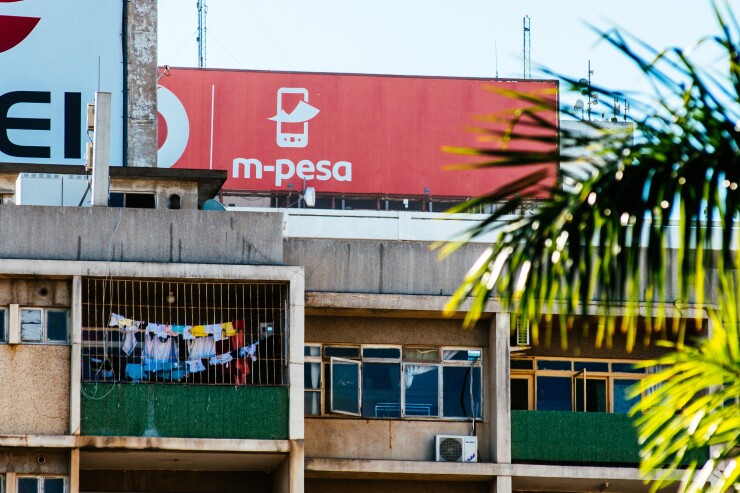Most smartphone owners in developed countries now take digital management of their finances for granted, but emerging markets remain home to billions of people still lacking basic internet access. This disconnect, which we call the digital divide, drastically slows the potential economic development of entire countries.
For example, when the Indian government invalidated billions of rupees in an attempt to fight black money, citizens were forced to move to e-wallets. Retailers across India became reliant on digital services for sending and receiving payments. With only 26 percent of people in India owning a smartphone, this policy left millions without means to pay.
Meanwhile in Kenya,
To accelerate adoption of digital payment solutions for all members of society, internet access must become mobile and affordable for everyone. A new category of mobile devices can help make this happen — smart feature phones.

Smart feature phones are a new breed of affordable devices that have reignited the mobile phone market with essential apps and features normally only found on smartphones. This includes apps like the Google Assistant, Google Maps, Google Search, YouTube, Facebook and Twitter, as well as capabilities such as Wi-Fi, 4G/LTE, Bluetooth and NFC. Coupled with a reasonable data plan, this new product offering brings affordable mobile internet connectivity to underserved populations in emerging markets.
There’s a strong correlation between mobile internet connectivity and financial inclusion; digital financial tools help women become financially independent, and they drive economic growth and spur innovation as it’s easier for people to make payments and receive money. Most important, they help people plan their financial futures and encourage saving, two activities that are critical to reducing poverty.
While it takes a lot of effort from many different parties to reduce digital and financial inequality, it all starts with affordable internet connectivity. Smart feature phones have the most potential for providing web access at scale at a price point people can afford. It’s my hope they will play an important role in a coming economic revolution that will see millions of people improve their lives by finally letting them tap into digital financial services.





